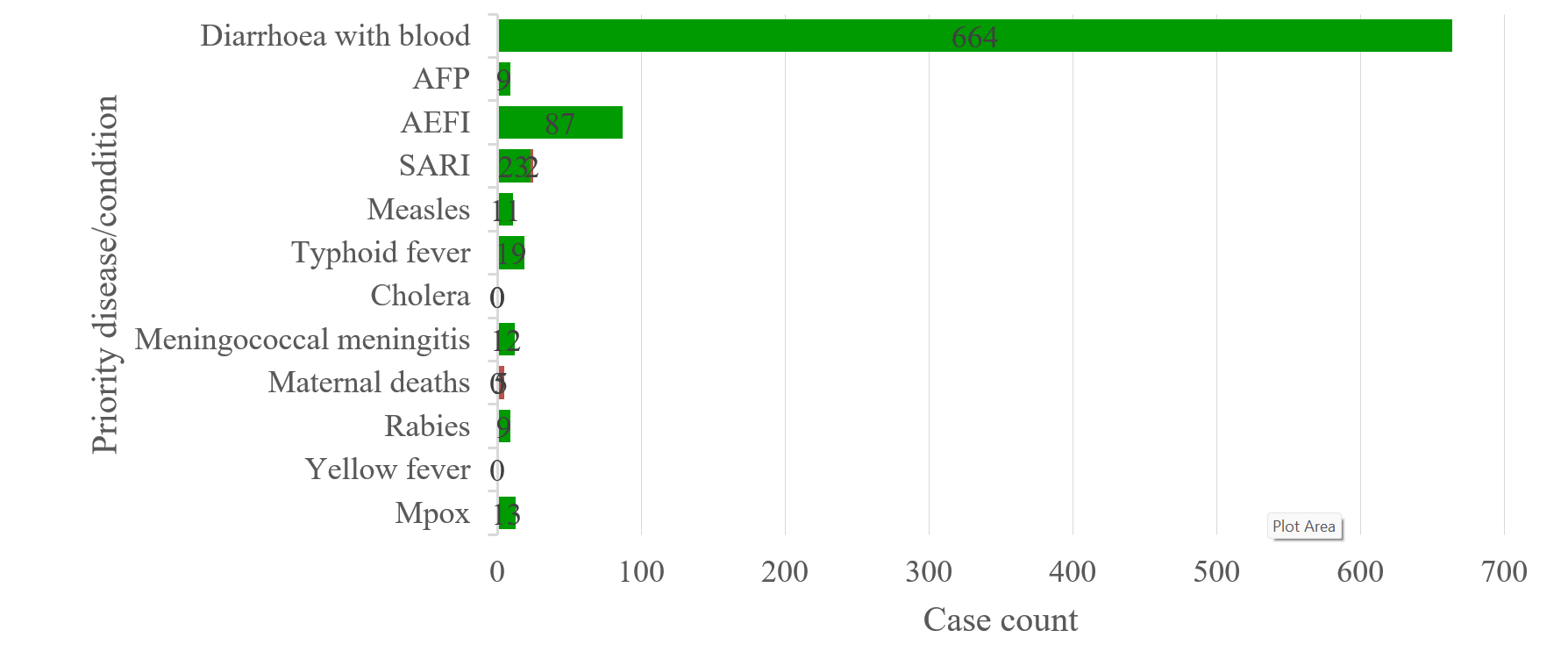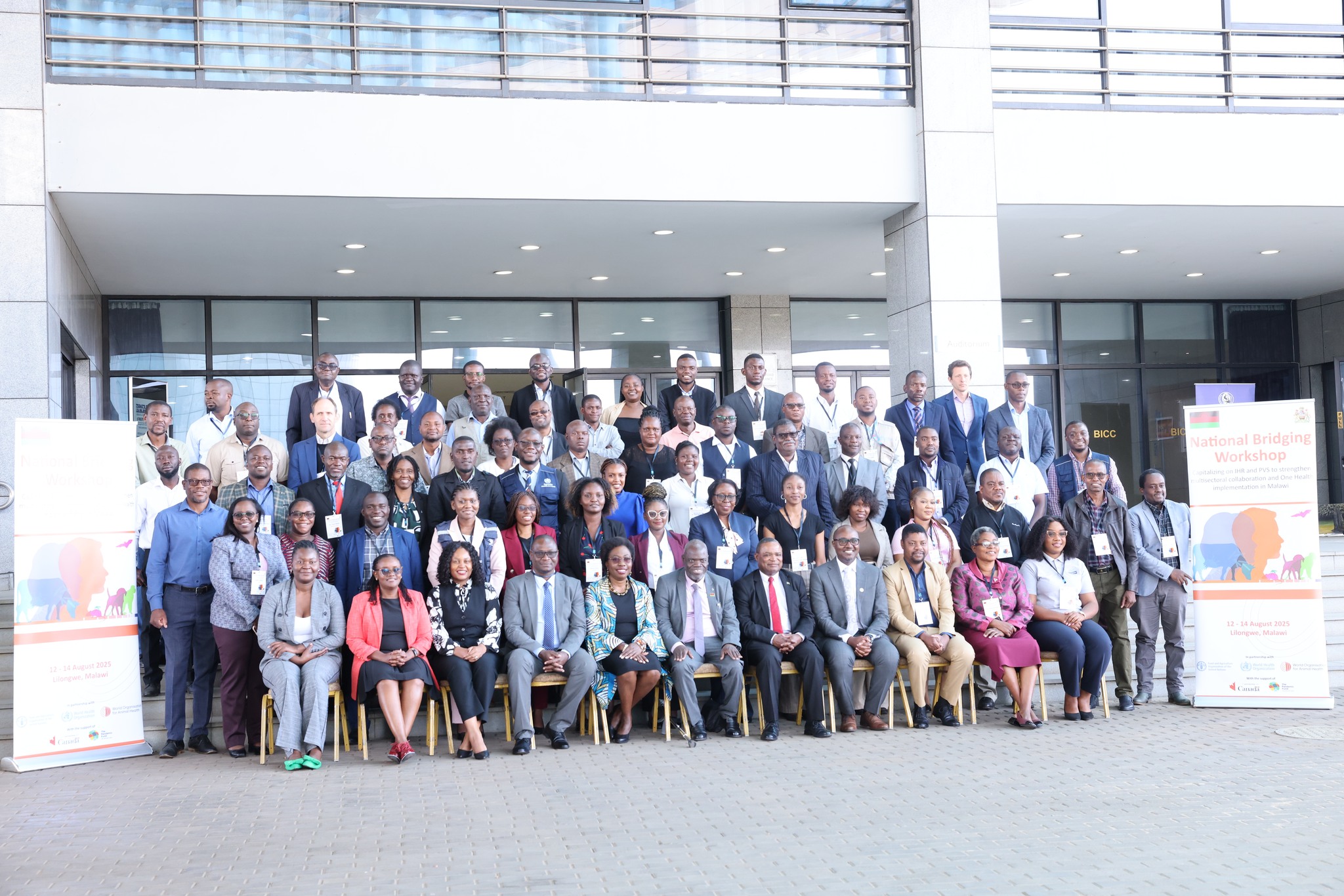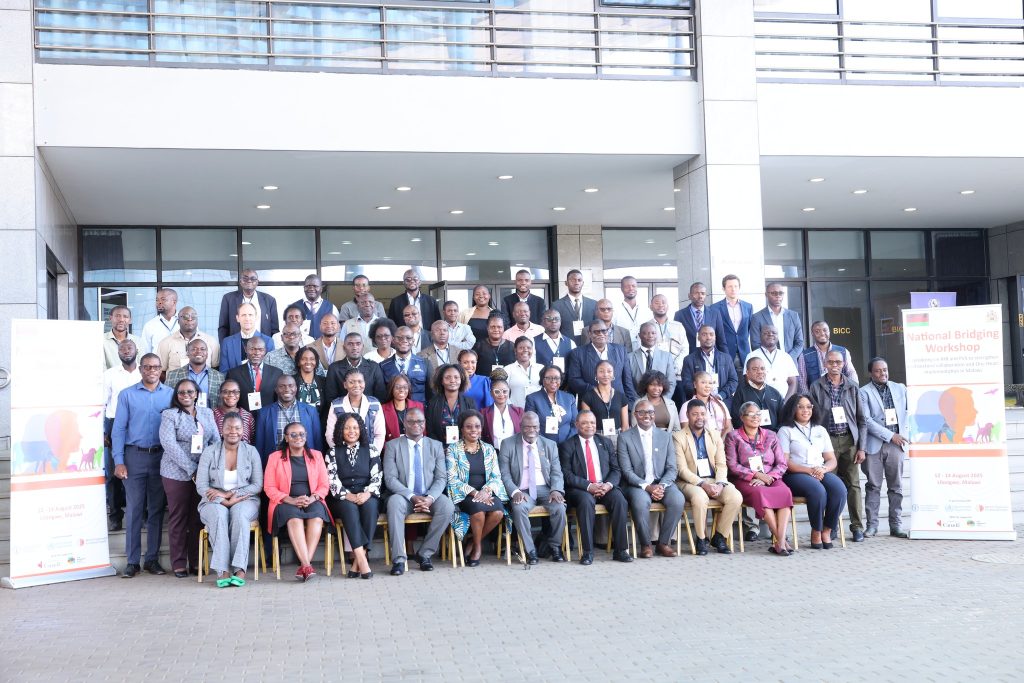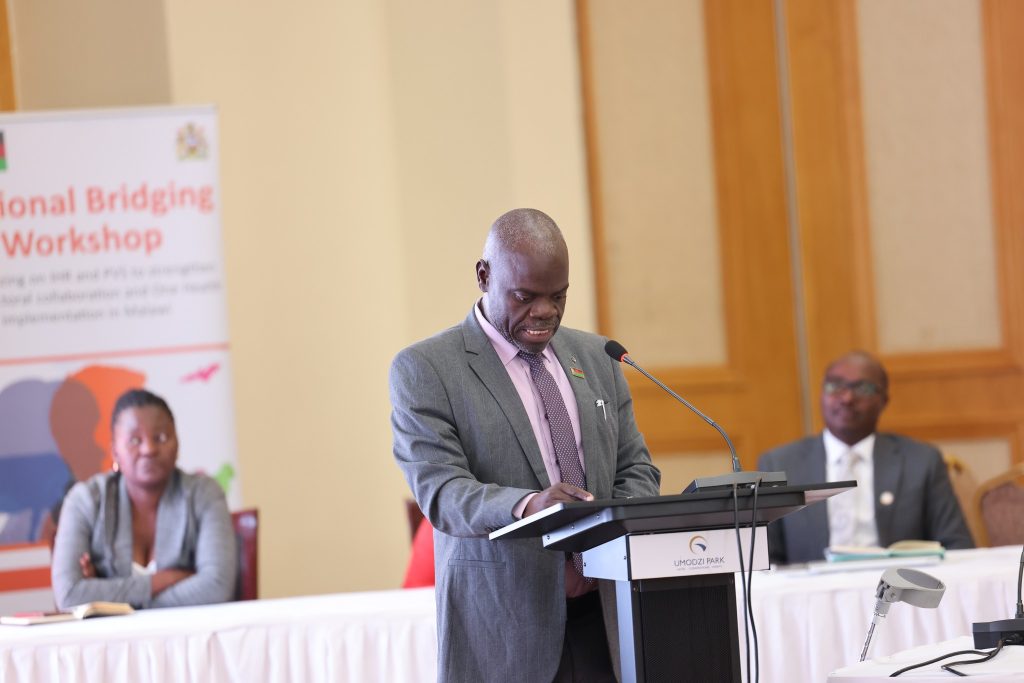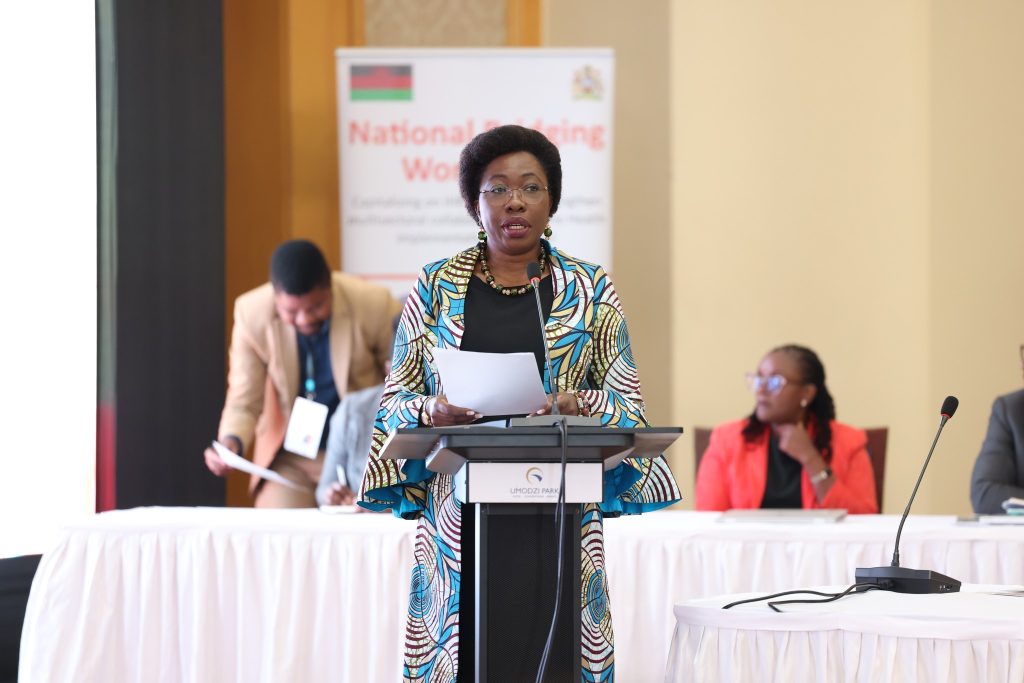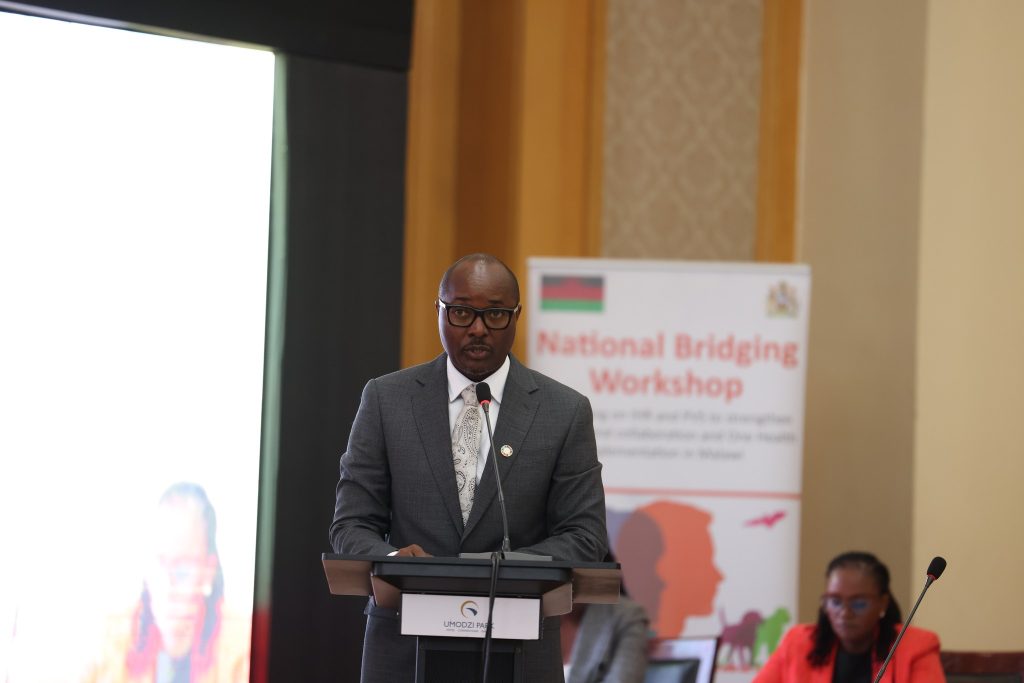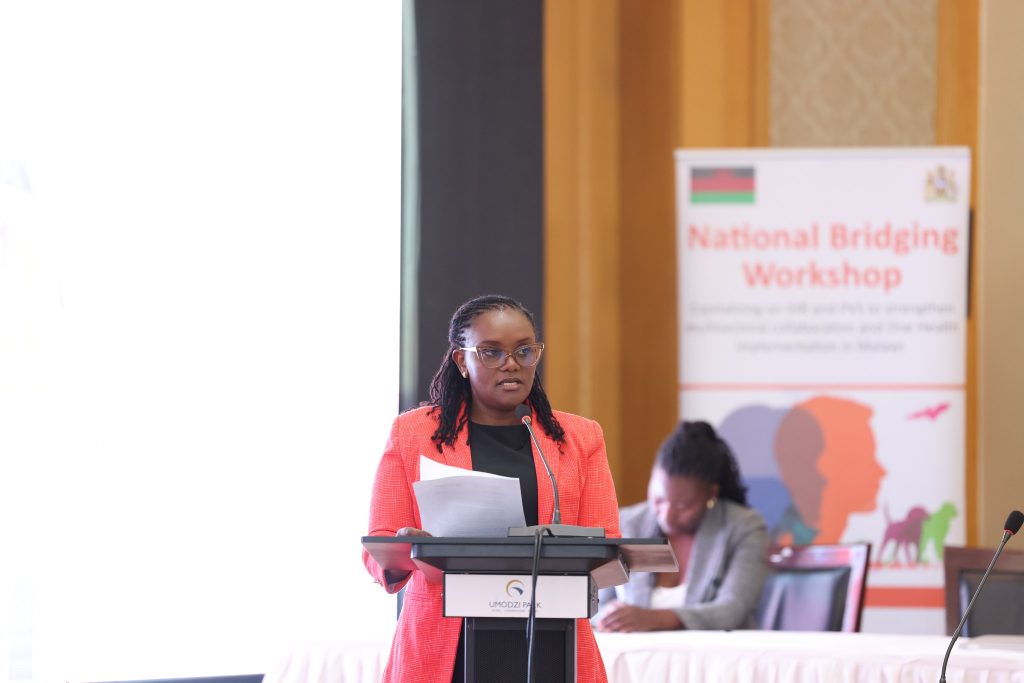
Public Health Institute of Malawi (PHIM)
Ministry of Health
Call for Applications
Intermediate Field Epidemiology Training Program (FETP) – Cohort 4
1. Background & Program Goal
The Ministry of Health (MoH) through the Public Health Institute of Malawi (PHIM), with funding from the World Bank and in collaboration with the US CDC and I-TECH, invites applications for the fourth cohort of the Intermediate Field Epidemiology Training Program (FETP).
This 9-month in-service course targets public health workers at national and sub-national levels to enhance their capacity in:
- Public health surveillance data analysis and system evaluations.
- Outbreak investigation and response (descriptive and analytical epidemiology).
- Use of statistical software like R for epidemiologists.
- Public health operational research design and dissemination.
2. Eligibility Requirements
The training is open to current technical staff employed within the Ministry of Health (MoH), the Department of Animal Health & Livestock Development (DAHLD) in the Ministry of Agriculture, or the Ministry of Natural Resources and Climate Change.
Specific Applicant Requirements:
- Role: Officers responsible for compilation/analysis of surveillance data, outbreak investigation, operational research, and public health communication at district, regional, or national level.
- Education: Undergraduate degree or higher in Health Sciences, Animal Health, Environmental Science OR Diploma and Frontline FETP Certificate from a recognized institution.
- IT Skills: Basic computer knowledge and skills (Microsoft Word, Excel, Power Point).
- Equipment: Access to a laptop throughout the 9-month training period.
- Vision: Demonstrate a clear vision on how the knowledge gained will improve public health surveillance systems, outbreak response, and data quality.
- Commitment: An interest in becoming a mentor for subsequent FETP Intermediate cohorts.
3. Course Summary & Structure
This is a 9-month competence-based in-service training. Trainees spend 25% (8 weeks) in face-to-face workshops and 75% (25 weeks) in the field at their work stations, applying skills to real public health challenges.
Core Competencies Gained:
- Public health/Disease surveillance
- Outbreak investigation and response
- Design and conduct of epidemiological studies
- Data management, analysis, and interpretation for decision making
- Public health communication
Training Timeline Overview (9 Months)
Workshop 1
Weeks 1-2 & Weeks 3-8 (On-the-job)
Surveillance systems, Data analysis, Outbreak investigation, Epi Info Part 7
Workshop 2
Weeks 9-10 & Weeks 11-16 (On-the-job)
Project Presentation, Observational studies, Study Protocol, Sampling & sample size
Workshop 3
Week 17 & Weeks 18-24 (On-the-job)
Public health communication, Technical report writing
Workshop 4
Week 25 & Weeks 26-31 (On-the-job)
Analyze Group Project Data, Report Development, Oral Presentation skills
Workshop 5
Weeks 32-33
Finalize Report, Oral Presentation, Closing Ceremony
Start Date: The first workshop (Module 1) is scheduled for Monday, 17th November, 2025.
4. Application Procedure & Deadline
1. Application Closed: The application period for Cohort 4 has now closed as of October 16, 2025.
Download Form (Application Closed)
NOTE: The application deadline was Thursday, 16th October, 2025.
2. Required Documents: All applications must include:
- A thoroughly filled Application Form (endorsed by your supervisor).
- Copies of Certificates of relevant professional training (Diploma or Degree).
- A Motivational Letter explaining how the knowledge and skills gained from the course will help in improving public health surveillance systems, outbreak detection and response, and day-to-day work responsibilities.
3. Submission: Completed applications should be submitted via email to both addresses below:
Final Application Deadline
Thursday, 16th October, 2025
Close of Business (COB)
5. Further Information
For further inquiries, please contact:
Grace Funsani
Head of Capacity Building and POE
Email: grace.funsani@health.gov.mw
Phone: 0999 950 398
